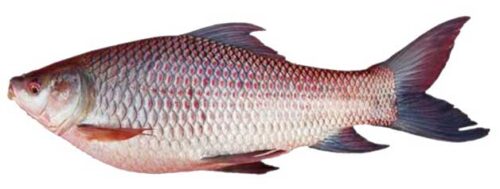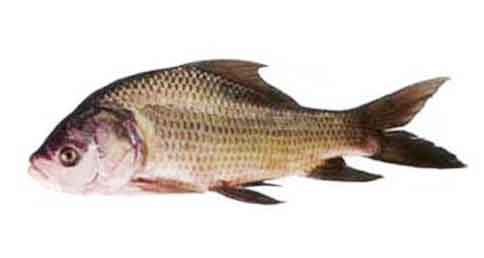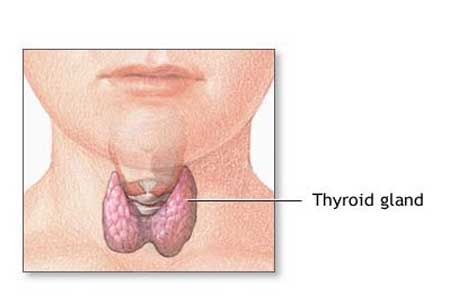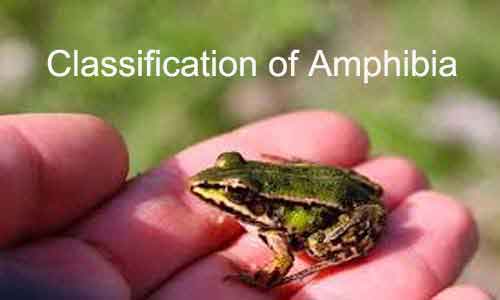Cranial Nerves: Nature, Origin and Distribution, Functions
The nerves of the brain which directly emerge from or enter the skull or the cranium including the brainstem are called cranial nerves. They transmit or relay various information between the different parts of the body and the brain. The main functions include special senses of vision, smell, taste, and hearing. They come out from … Read more




